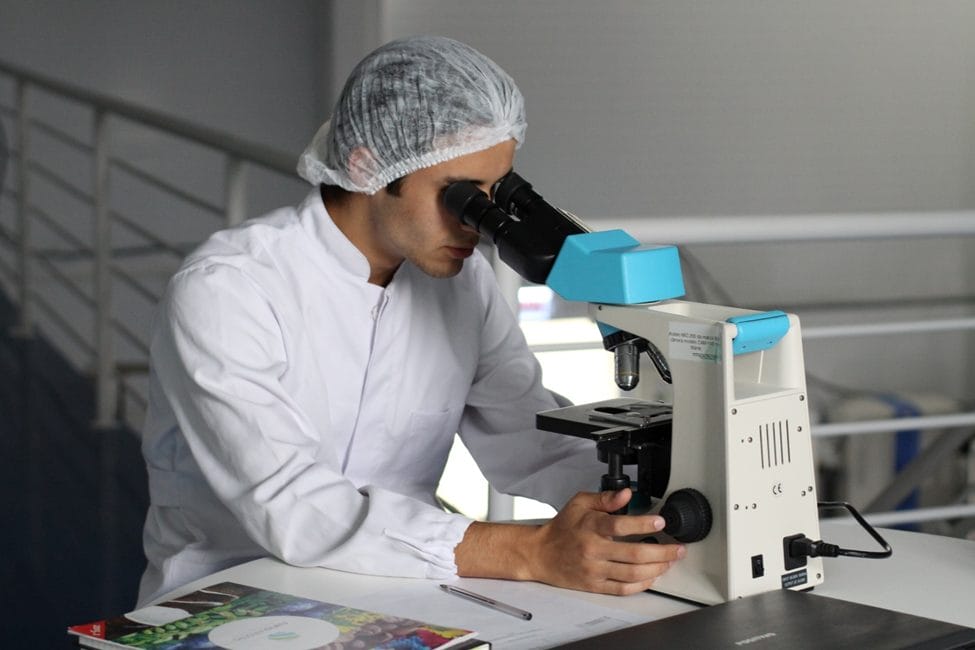Diagnostics are an integral part of the detection and treatment of any disease. Most medical decisions concerning disease management, prevention, and treatment depend on diagnostics. They also play a crucial role in preventative healthcare. However, the diagnostics industry has rapidly evolved in the last few years in an effort to combat and control the spread of the coronavirus.
The COVID-19 pandemic accelerated this growth since everyone was forced to stay home, making it nearly impossible to visit the doctor’s office for routine testing. As such, this has led to the emergence of next-gen diagnostic devices, like the puritan nasopharyngeal swabs, vital for reliable and accurate diagnosis of respiratory infections, such as the COVID-19 virus. Also, for the first time, patients have access to diagnostic devices, improving the efficiency and seed of the testing process. In this post, we’ll look at some of the diagnostic trends transforming the future of healthcare:
1. Predictive Genetic Tests
This life saving tool is extremely useful in preventive healthcare management. These tests have enormous potential in identifying mutations that could lead to genetic disorders before the symptoms appear. Genetic tests are usually performed on hair, blood, skin, or other tissues to predict the future risk of chronic diseases and conditions, such as heart disease and cancer. The results of these tests help ensure timely preventative measures or medical intervention, which can be lifesaving.
2. Artificial Intelligence and Robotic Process Automation
Artificial intelligence and collaborative robots are other massive trends transforming the field of diagnostics. Besides helping in surgery procedures, artificial intelligence has enormous potential in imaging diagnostics, lab automation, and sample testing and analysis. Artificial intelligence can significantly reduce human intervention in sample collection, sample analysis, reagent and sample handling, and diagnosis.
AI and robotic process automation in diagnostics can help with data organization, management, and collation, reducing errors in reporting and improving overall efficiency, quality control, accuracy, and precision. This can result in a faster turnaround time, allowing more tests to be done. By minimizing human exposure to biohazards, artificial intelligence could support higher safety standards. It could also enhance inventory management and overall care services.
3. Point of Care Testing
Point-of-care testing is another major trend shaping the future of diagnostics. This was especially useful during the COVID-19 pandemic. Point-of-care testing involves using innovative technologies and portable diagnostic devices for fast and accurate testing near the patient. It simplifies the testing procedure and analysis and enables secure digital storage of results. This allows for enhanced disease diagnosis, management, and monitoring. Overall, this can be time and cost-saving due to a reduction in travel time for samples and improved turnaround time to results.
4. Data Analytics IT Systems
Diagnostic labs are always looking for better ways to capture and obtain valuable information from the tests they perform to increase their offerings’ value and improve their operations. Data analytics IT systems can analyze enormous amounts of test result data and enable lab managers to enhance lab utilization by reducing unnecessary tests. This allows labs to manage their testing loads more efficiently and deliver greater value with their tests.
Additionally, advanced data collection, collation, and analysis software help facilitate improved clinical research and development, which is essential for driving the healthcare industry forward. Through clinical research, new medicines and drugs can be developed, and a country’s disease trends and burden can be adequately evaluated.
5. Real-Time Diagnostics
Unlike traditional diagnostics that only provide an overview for a particular parameter, the new diagnostic devices provide a vast amount of data for clinical decision-making. These diagnostic devices include wearable biosensors such as glasses, watches, rings, ingestible devices, and implantable devices.
These devices are specifically designed to collect a wide range of health information in real-time, such as respiratory rate, heart rate, body motion, skin temperature, and blood pressure. This allows for continuous monitoring, instantly reporting on any abnormalities that may be identified and tracking a person’s overall health and well-being.
Endnote
The diagnostics field is rapidly growing, with new digital technologies allowing health practitioners to better understand human biology and disease. These new diagnostic tools enable earlier detection of diseases and targeted treatment of severe health conditions. Not to mention, diagnostic tests can now be performed at a patient’s home, which is more convenient and cost-effective.
Being aware of the trends transforming the healthcare industry can help you ensure your institution is part of the revolution and is well-equipped with up-to-date diagnostic innovations. Adopting these diagnostic trends will help your organization achieve timely diagnosis and more precise treatment and prevention of diseases. It will also allow for more effective consumer-doctor communication.
The Editorial Team at Healthcare Business Today is made up of skilled healthcare writers and experts, led by our managing editor, Daniel Casciato, who has over 25 years of experience in healthcare writing. Since 1998, we have produced compelling and informative content for numerous publications, establishing ourselves as a trusted resource for health and wellness information. We offer readers access to fresh health, medicine, science, and technology developments and the latest in patient news, emphasizing how these developments affect our lives.








